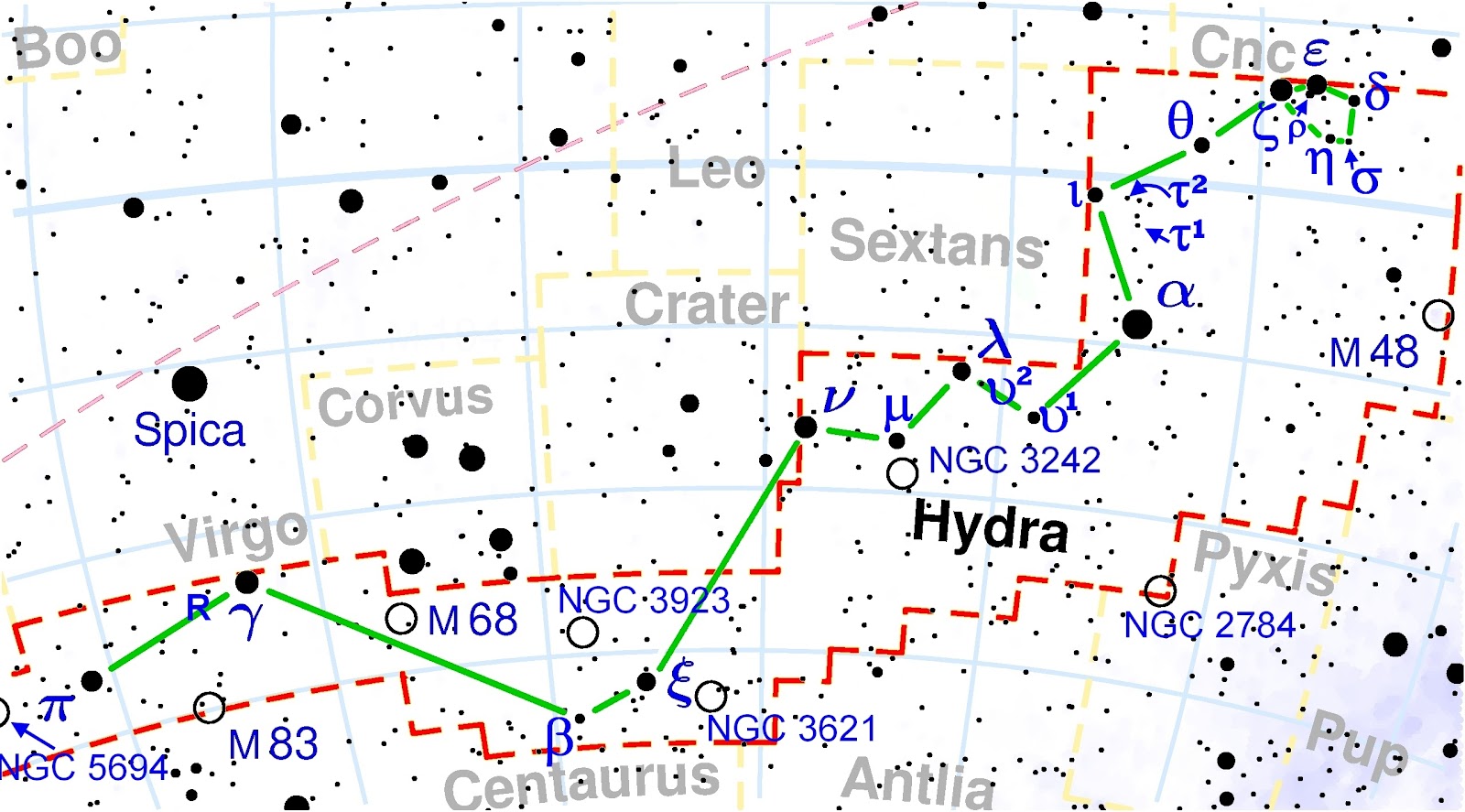
It is 32 times more luminous than the Sun. The star lies to the south-west of Achernar, the ninth brightest star in the sky, located in the constellation Eridanus.Īlpha Hydri is 80 percent larger than the Sun and twice as massive. It has an apparent magnitude of 2.90 and is 71.8 light years distant. It has the stellar classification of F0 IV, which makes it a yellow-white subgiant star. α Hydri (Alpha Hydri)Īlpha Hydri, also known as the Head of Hydrus, is the second brightest star in the constellation. In 2002, scientists inferred the possible presence of a substellar companion, thought to be a Jupiter-analogue, but the planet has not yet been confirmed in the star’s orbit. Around the year 150 BC, it was only two degres from the southern celestial pole, and is now the nearest bright star to the South Pole. It is 3.494 times more luminous than the Sun.īeta Hydri is one of the oldest star in the Sun’s neighbourhood, as well as the nearest subgiant star to the solar system. It has 108 percent of the Sun’s mass and about 181 percent of the solar radius. The star is a yellow subgiant, with the stellar classification of G2 IV. It has an apparent magnitude of 2.80 and is 24.33 light years distant from the Sun. Hydrus stars β Hydri (Beta Hydri)īeta Hydri is the brightest star in the constellation. In Bayer’s Uranometria (1603) Hydrus’ tail had extended to the star Lambda Octantis, which used to belong to Hydrus and is now part of the constellation Octans. Lacaille also transferred several stars to the constellations Tucana, Octans, Horologium, and Reticulum. The French astronomer Nicolas Louis de Lacaille gave the constellation the name l’Hydre Mâle to emphasize the difference in gender between Hydrus and Hydra on his planisphere of the southern skies, published in 1756. The constellation was mapped by Dutch navigators and it represents the sea snakes they would have seen on their voyages.

It is a southern constellation, one that wasn’t visible to the ancient Greeks or Romans. Hydrus constellation map by IAU and Sky&Telescope magazine Story There are no meteor showers associated with the constellation. The constellation does not contain any named stars. It is also the nearest star to Earth located in Hydrus constellation, only 24.38 light years away. The brightest star in the constellation is Beta Hydri, with an apparent magnitude of 2.80. Hydrus contains four stars with known planets and has no Messier objects. Hydrus belongs to the Johann Bayer family of constellations, along with Apus, Chamaeleon, Dorado, Grus, Indus, Musca, Pavo, Phoenix, Tucana and Volans. The three-letter abbreviation, adopted by the International Astronomical Union (IAU) in 1922, is Hyi. The genitive form of Hydrus, used in star names, is Hydri (pronunciation: /ˈhaɪdraɪ/). In English, the constellation is known as the Male Water Snake. The constellation name Hydrus is pronounced /ˈhaɪdrəs/. The neighboring constellations are Dorado, Eridanus, Horologium, Mensa, Octans, Phoenix, Reticulum and Tucana. It is located in the first quadrant of the southern hemisphere (SQ1) and can be seen at latitudes between +8° and -90°. Hydrus is the 61st constellation in size, occupying an area of 243 square degrees. The constellation was created by Plancius from the observations of Dutch sailors Frederick de Houtman and Pieter Dirkszoon Keyser in the late 16th century. Hydrus was one of the constellations that first appeared on a celestial globe by the Dutch astronomer Petrus Plancius in 1597, and was subsequently included in Johann Bayer’s star atlas Uranometria in 1603.

Hydrus lies between the two Magellanic Clouds, between Eridanus and the south celestial pole. Hydrus is also known as “the lesser water snake,” the counterpart to the larger Hydra constellation, from which it is separated by the constellations Eridanus and Orion, and by the Milky Way. Its name means “the male water snake” in Latin. Hydrus constellation lies in the southern hemisphere.


 0 kommentar(er)
0 kommentar(er)
